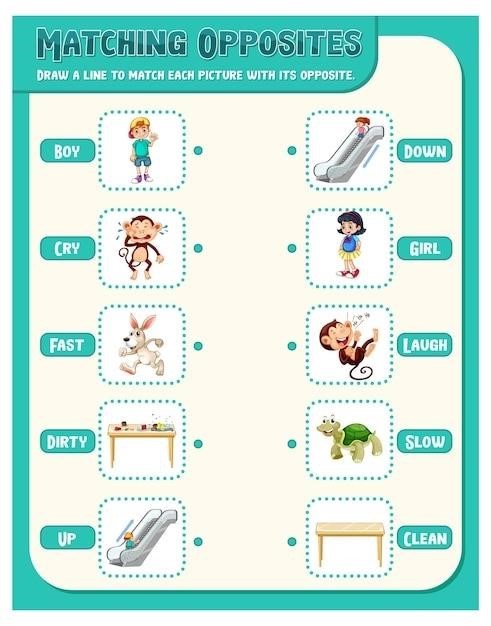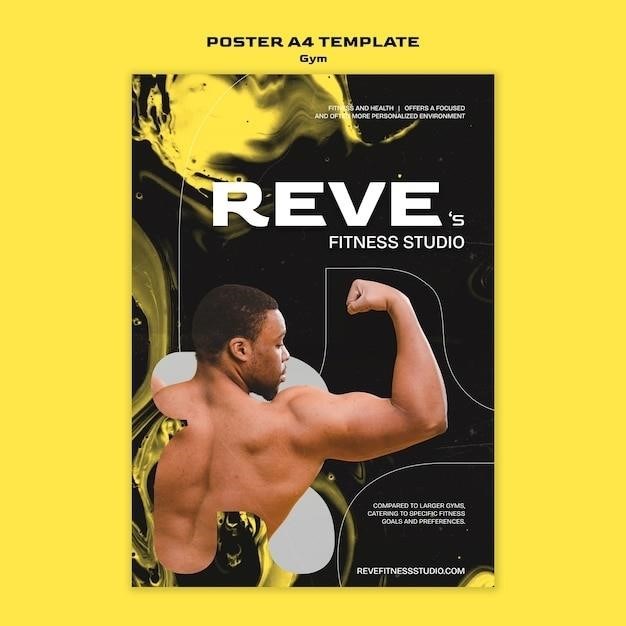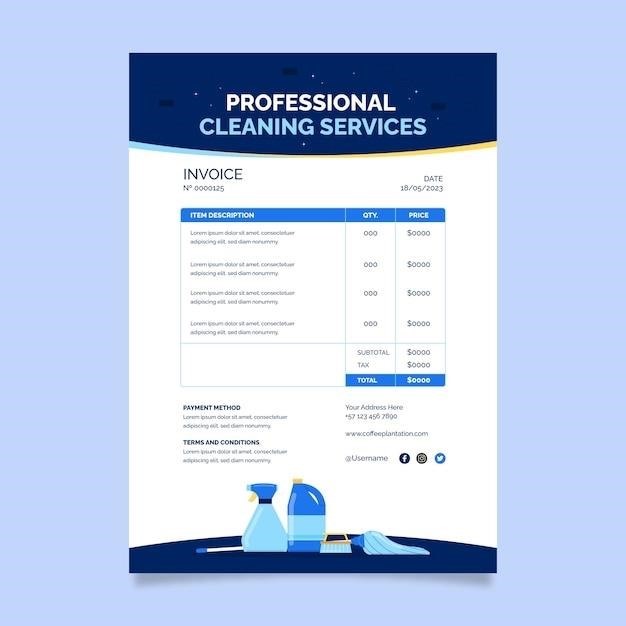STEM Activities for Preschoolers⁚ A Guide to Hands-On Learning
This guide provides a comprehensive overview of STEM activities for preschoolers, covering everything from the benefits of early STEM exposure to practical activity ideas and resources․ It emphasizes the importance of hands-on learning, exploration, and inquiry-based approaches in fostering a love for science, technology, engineering, and math in young children․
Introduction
STEM education, an acronym for science, technology, engineering, and mathematics, is gaining increasing recognition as a crucial aspect of early childhood development․ Preschoolers are naturally curious and eager to explore the world around them, making it an ideal time to introduce them to STEM concepts․ This guide will provide a comprehensive overview of STEM activities suitable for preschoolers, highlighting the benefits of early STEM exposure and offering practical ideas and resources to help parents and educators foster a love of learning in young children․
Benefits of STEM Activities for Preschoolers
Engaging preschoolers in STEM activities offers numerous benefits that extend beyond academic learning․ Exposure to STEM concepts at an early age helps develop critical thinking skills, problem-solving abilities, and creativity․ STEM activities also encourage curiosity, exploration, and a sense of wonder, fostering a lifelong love of learning․ Moreover, these activities enhance fine motor skills, hand-eye coordination, and spatial reasoning, all of which are essential for future success in various fields․
Types of STEM Activities
STEM activities encompass a wide range of engaging experiences that cater to preschoolers’ diverse learning styles․ Science activities involve exploring the natural world through observation, experimentation, and hands-on exploration․ Technology activities introduce young learners to the world of computers, coding, and robotics in a fun and interactive manner․ Engineering activities encourage problem-solving, design thinking, and building with various materials․ Math activities focus on developing number sense, counting skills, patterns, and spatial reasoning through games, puzzles, and hands-on manipulation․
Science Activities
Science activities for preschoolers are all about fostering curiosity and exploration․ Simple experiments, like making a lemon volcano or observing how water evaporates, introduce basic scientific concepts in a fun and engaging way․ Observing nature, such as collecting leaves, rocks, or insects, encourages children to ask questions and make observations․ Sensory play with water, sand, or playdough allows for exploration of textures, shapes, and properties․ These activities promote a foundation for scientific understanding and a love for the natural world․
Technology Activities
Technology activities for preschoolers focus on introducing basic concepts and building skills through play․ Interactive apps and educational games can teach simple coding, problem-solving, and logical thinking․ Creating digital art or stories on tablets or computers encourages creativity and digital literacy․ Using simple tools like cameras or recorders allows children to document their experiences and explore the world around them․ These activities foster a positive and engaging relationship with technology, preparing them for the future․
Engineering Activities
Engineering activities for preschoolers emphasize problem-solving, design, and construction․ Simple building challenges using blocks, LEGOs, or recycled materials encourage creativity and spatial reasoning․ Designing and building structures like bridges, towers, or vehicles helps children understand basic engineering concepts like stability and weight distribution․ Exploring simple machines like pulleys, levers, or wheels and axles through hands-on activities fosters an understanding of how these mechanisms work․ These activities encourage children to think critically and find creative solutions to problems․
Math Activities
Preschool math activities focus on developing foundational skills like counting, sorting, and comparing․ Simple games like matching objects, counting toys, or measuring with blocks introduce basic math concepts in a playful way․ Puzzles and shape sorters help children recognize patterns and geometric shapes․ Creating simple graphs or charts using everyday objects like buttons or blocks helps visualize data and introduce early data analysis․ These activities nurture a love for math by making it engaging and enjoyable for young learners․

STEM Activity Ideas for Preschoolers
Engage preschoolers in hands-on STEM learning with these fun and engaging activities⁚ build a tower using various materials like blocks, cardboard boxes, or recycled items; create a simple catapult using spoons, rubber bands, and a small object to launch; explore the world of coding through age-appropriate apps or online resources; and play math games like counting, sorting, or matching objects․ These activities encourage creativity, problem-solving, and critical thinking, making STEM learning enjoyable and accessible for young learners․
Simple Science Experiments
Spark curiosity and wonder with simple science experiments that are both fun and educational․ Explore the concept of density by floating objects in water, observing how different materials react․ Create a “volcano” using baking soda and vinegar, witnessing the fizzy chemical reaction․ Experiment with colors by mixing food coloring in water and observing the changes․ These experiments provide a hands-on introduction to scientific concepts while encouraging observation and questioning;
Building and Construction
Foster creativity and problem-solving skills through building and construction activities․ Provide a variety of materials like blocks, cardboard boxes, recycled materials, and construction toys․ Encourage children to design and build structures, vehicles, or imaginative creations․ Introduce simple tools like hammers, screwdrivers, and tape to enhance their building experiences․ This hands-on exploration develops spatial reasoning, fine motor skills, and a sense of accomplishment․
Coding and Robotics
Introduce preschoolers to the exciting world of coding and robotics through age-appropriate activities․ Use visual programming tools like ScratchJr or Kodable that allow children to create simple programs by dragging and dropping blocks․ Explore robot toys that respond to commands, promoting understanding of cause and effect․ Encourage children to experiment with coding to control robots and create simple animations, fostering computational thinking and problem-solving abilities․
Math Games and Puzzles
Make math fun and engaging for preschoolers with interactive games and puzzles․ Use manipulatives like blocks, counters, and play money to introduce basic math concepts like counting, sorting, and addition․ Play board games that involve number recognition, pattern matching, and spatial reasoning․ Introduce simple puzzles that require problem-solving and logical thinking․ These activities lay a strong foundation for future math skills and develop critical thinking abilities․
Resources for STEM Activities
There are numerous resources available to support STEM learning at home or in the classroom․ Online platforms like Science Buddies offer free STEM worksheets and printable activities tailored for preschoolers․ Numerous STEM activity books and kits are available for purchase, providing engaging and hands-on learning experiences․ Look for kits that focus on simple science experiments, building and construction, coding and robotics, or math games and puzzles․ Many museums, libraries, and community centers offer STEM programs and workshops designed specifically for preschoolers, providing opportunities for interactive learning and exploration․
Free STEM Worksheets and Printables
Numerous websites offer free STEM worksheets and printables specifically designed for preschoolers․ These resources can complement hands-on activities by providing opportunities for children to record observations, document their findings, and practice early literacy skills․ Look for worksheets that focus on simple science concepts, basic engineering principles, or early math skills․ These resources can be a valuable tool for extending STEM learning beyond the initial activity and encouraging children to reflect on their experiences․
STEM Activity Books and Kits
For parents and educators seeking structured STEM activities, there are a wide range of books and kits available specifically for preschoolers․ These resources often provide step-by-step instructions, engaging storylines, and necessary materials for a variety of science experiments, engineering challenges, and coding introductions․ They can be a convenient way to introduce STEM concepts in a playful and engaging manner, offering guidance and support for both adults and children․
Online STEM Resources
The internet offers a treasure trove of free and accessible STEM resources for preschoolers․ Websites like Science Buddies, for example, provide a wealth of kid-friendly science experiments, engineering challenges, and interactive activities․ Educational platforms like Khan Academy and PBS Kids also offer engaging STEM content, making it easy for parents and educators to find age-appropriate materials․ Online resources can supplement traditional activities, providing a diverse and engaging learning experience for young children․
Tips for Implementing STEM Activities
Successful STEM activities for preschoolers require a thoughtful approach․ Creating a STEM-rich environment is crucial, meaning providing access to materials like building blocks, recycled items, and natural materials․ Encourage exploration and inquiry by posing open-ended questions, allowing children to investigate their own ideas, and celebrating their discoveries․ Finally, provide opportunities for collaboration by encouraging teamwork, communication, and shared problem-solving․ By embracing these tips, you can foster a positive and engaging STEM learning experience for young learners․
Creating a STEM-Rich Environment
A STEM-rich environment for preschoolers is all about providing opportunities for exploration, discovery, and hands-on learning․ This means having readily available materials like building blocks, recycled items, natural materials like sticks and rocks, and simple tools like magnifying glasses and measuring cups․ Encourage the use of these materials for both structured activities and free play, allowing children to experiment, create, and solve problems in their own way․ A STEM-rich environment fosters curiosity and encourages young learners to engage with the world around them․
Encouraging Exploration and Inquiry
Preschoolers are naturally curious, and it’s essential to nurture that curiosity by encouraging exploration and inquiry․ Instead of providing pre-determined answers, ask open-ended questions that spark their thinking․ For example, instead of asking “What color is the sky?” ask “What do you notice about the sky today?” Let them explore materials and experiment freely, encouraging them to ask “why” and “how” questions․ This approach fosters a love for learning and helps children develop critical thinking and problem-solving skills․
Providing Opportunities for Collaboration
Collaboration is key to successful STEM learning․ Encourage preschoolers to work together on projects, share ideas, and build upon each other’s contributions․ Group activities allow children to learn from their peers, develop communication skills, and practice teamwork․ Provide opportunities for them to discuss their ideas, troubleshoot problems together, and celebrate their collective achievements․ Collaborative STEM activities foster a sense of community and empower children to see themselves as active participants in the learning process․
Introducing STEM concepts to preschoolers through engaging activities paves the way for a lifelong love of learning․ By nurturing their natural curiosity and providing hands-on experiences, we empower them to become confident problem-solvers, critical thinkers, and innovators․ Through play-based STEM activities, preschoolers develop essential skills that will serve them well in their academic and personal journeys․ Remember, fostering a love for STEM starts early, and the seeds sown in preschool can blossom into a passion for exploration and discovery that lasts a lifetime․









